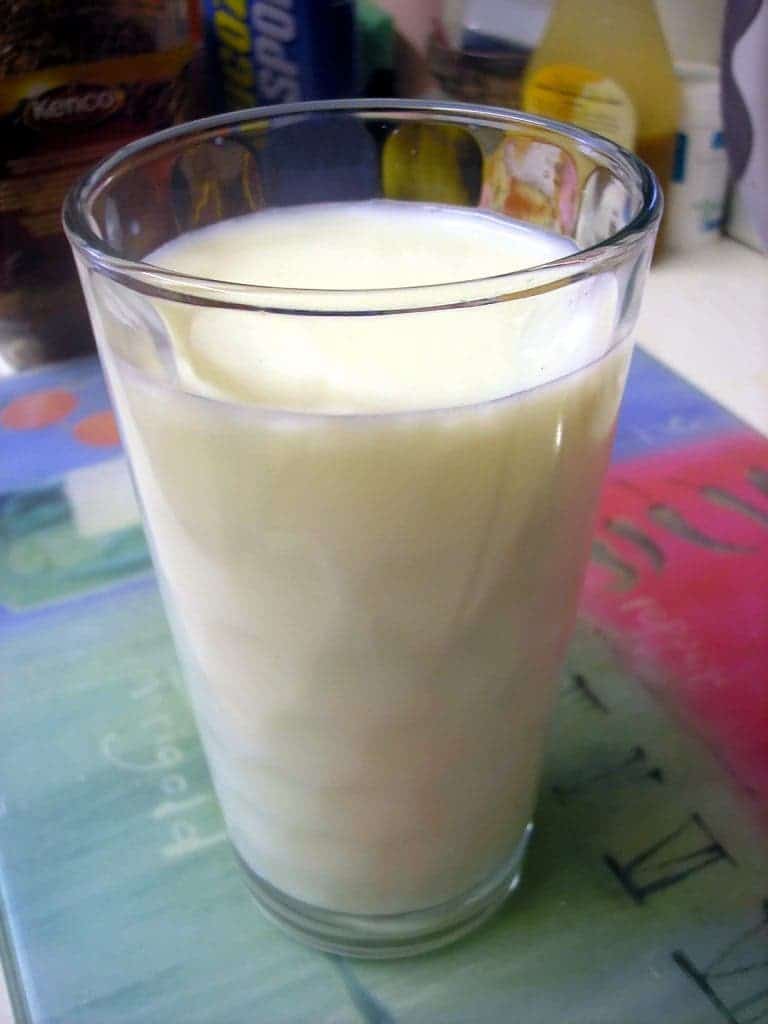The debate continues around organic food; while studies have so far shown that for plants and vegetables there isn’t much of a difference, organic animal products seem to be significantly healthier than their non-organic counterparts.
In the largest study of its kind, a team led by researchers from Newcastle University, UK has shown that both organic milk and meat contain around 50% more beneficial omega-3 fatty acids than conventionally produced products. Other key findings
- organic meat had slightly lower concentrations of two saturated fats (myristic and palmitic acid) that are linked to an increased risk of cardiovascular disease
- organic milk contained 74% more of the essential mineral iodine and slightly more selenium
- organic milk contains slightly more iron, some carotenoids and vitamin E
- organic milk contains 40% more conjugated linoleic acid (CLA). CLA is marketed in dietary supplement form for its supposed anti-cancer benefit (for which there is some evidence, but no known mechanism)
The team reviewed 196 papers on milk and 67 papers on meat, finding clear differences between organic and non-organic.
Chris Seal, Professor of Food and Human Nutrition at Newcastle University explains:
“Omega-3s are linked to reductions in cardiovascular disease, improved neurological development and function, and better immune function. Western European diets are recognised as being too low in these fatty acids and the European Food Safety Authority (EFSA) recommends we should double our intake. But getting enough in our diet is difficult. Our study suggests that switching to organic would go some way towards improving intakes of these important nutrients.”
This is especially significant as most Western diets are generally lacking in omega-3 fatty acids. Researchers associate this difference with outdoor grazing and low concentrate feeding in dairy diets, as prescribed by organic farming standards.
Newcastle University’s Professor Carlo Leifert, who led the studies, said:
“People choose organic milk and meat for three main reasons: improved animal welfare, the positive impacts of organic farming on the environment, and the perceived health benefits. But much less is known about impacts on nutritional quality, hence the need for this study.
“Several of these differences stem from organic livestock production and are brought about by differences in production intensity, with outdoor-reared, grass-fed animals producing milk and meat that is consistently higher in desirable fatty acids such as the omega-3s, and lower in fatty acids that can promote heart disease and other chronic diseases.”
The results are conclusive and leave little room for discussion.
“We have shown without doubt there are composition differences between organic and conventional food. Taken together, the three studies on crops, meat and milk suggest that a switch to organic fruit, vegetables, meat and dairy products would provide significantly higher amounts of dietary antioxidants and omega-3 fatty acids,” concludes Professor Leifert.
Journal Reference: “Composition differences between organic and conventional meat; a systematic literature review and meta-analysis”. Carlo Leifert et al. British Journal of Nutrition










